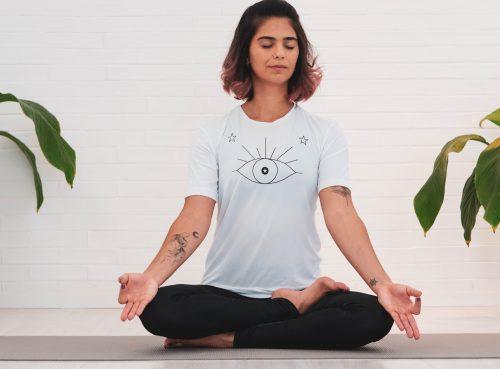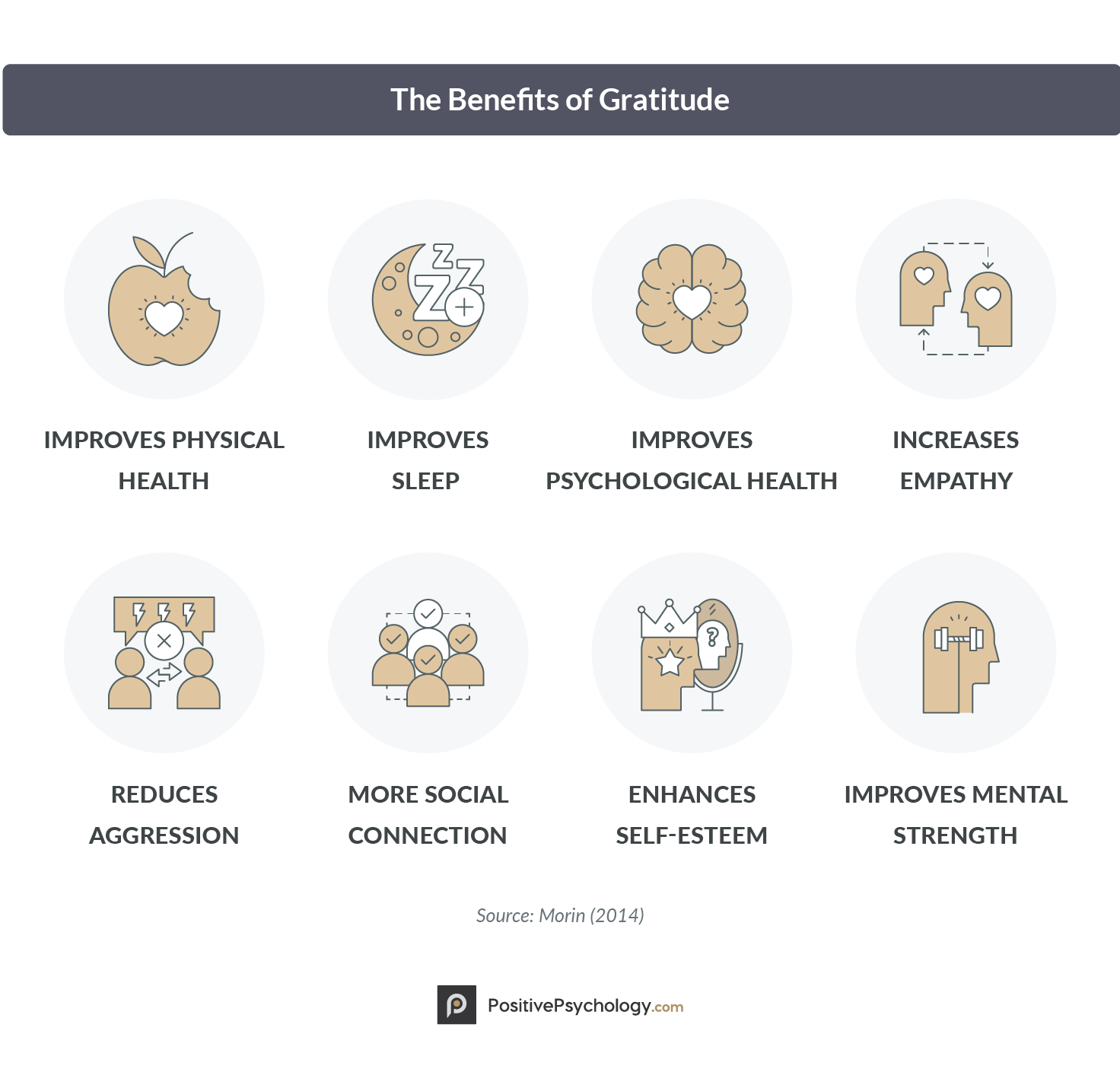4 Helpful Tips For Practicing Gratitude

Gratitude is a choice; it may sometimes be a difficult choice, but nonetheless, a choice. You can choose to find joy and happiness in your day, or you can choose to focus on the irritations, inconveniences, and what may anger you. Regardless of what you choose, it has a greater impact on your mental health, your productivity, your own self, and the people close to you.
Ellie Cobb says “People who intentionally cultivate gratitude show greater neural sensitivity in the medial prefrontal cortex, a brain region associated with learning, rational thinking and decision making.”
In addition, gratitude practice helps individuals to remove themselves from toxic emotions, and has a positive impact whether it’s externalized or not.
Gratitude at the outset can be an easy daily practice. You may start small, and gradually interweave gratitude into your daily activities driving it to become a habit. You may be able to channel your positive feelings in a deeper way. Bringing gratitude into your daily routine is a rewarding process, both for mental and physical well-being.
Here are four tips to get you started on your gratitude journey.
1. Start with one area of focus
Starting small is an effective way to create a sustainable practice. This doesn’t apply just to gratitude, but anything you want to make a habit of. Overwhelming yourself with a number of practices at once just isn’t effective when it comes to developing what works best for you. A tidal wave of reminders, daily practice, and gratitude exercises can be a lot at once. Building upon one step at a time ensures that you’re exploring what you feel works for you, the pattern of gratitude activity, and the types of gratitude activity that work best for you.
2. Set a daily reminder
Especially if gratitude practice is new to your routine, it’s helpful to set a daily reminder. Daily gratitude practice can get shoved to the back burner when delving into another busy workday. Setting an alarm and taking two minutes of your busy day to pause and identify something that brings happiness and gratitude is one easy way to pull the practice of gratitude into your routine.
3. Incorporate gratitude into your exercise
There’s no need to reinvent the wheel if you have a physical or mental exercise routine. Whether you have a daily yoga practice, gym routine, or mindfulness activity, there is an opportunity at the beginning during your warm-up, or the end during your cooldown to take an extra moment of pause and identify what you have to be grateful for in this moment. Pairing gratitude with endorphins and oxytocin is an excellent combination for long-term positive mental health impact.

4. Express your positive emotions
Calling attention and intentionally focusing on the positive emotions and feelings experienced in a day is a powerful tool for framing your mind around what brings joy and what you specifically feel a sense of gratitude toward. Actively interacting with what exactly you have to be grateful for helps to hone in on your own individual experience with gratitude. It’s these pieces of your daily life that can spark positive emotions and feelings and make you think about how you’re happy to be right where you are.
There are a number of resources for gratitude practice and exercises in gratitude. Many people journal, use gratitude prompts, and partake in daily gratitude in combination with meditation.
Bringing gratitude into one’s life is not one size fits all. I encourage you to explore and try some different opportunities in gratitude practice to find what works best for you, your mental interactions with gratitude, and your life.
A number of gratitude exercises, tips, and tricks, can be found at mindful.org.







